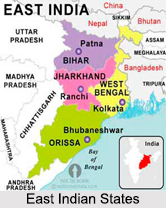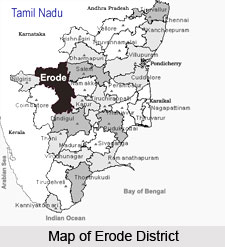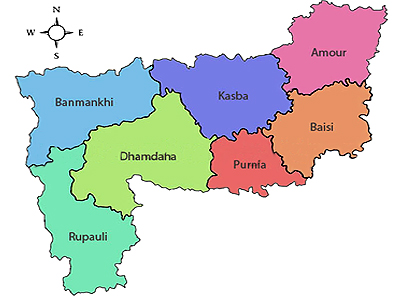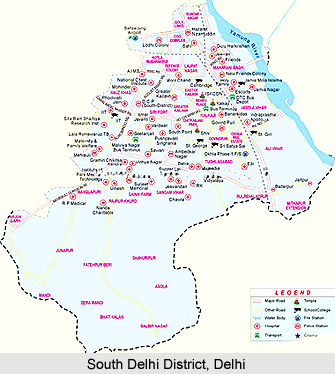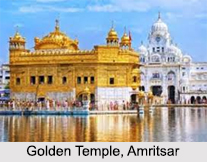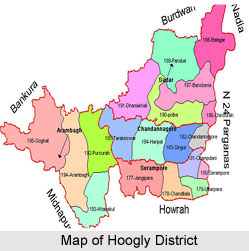 Pandua is a semi urban settlement in West Bengal. This semi urban region is located in the Hoogly District, with a police station in Chinsurah subdivision.
Pandua is a semi urban settlement in West Bengal. This semi urban region is located in the Hoogly District, with a police station in Chinsurah subdivision.
Location of Pandua
Pandua is about 61 kilometres from Howrah Station and 21 kilometres from Bandel on the Howrah-Bardhaman Main Line of Eastern Railway and is part of the Kolkata Suburban Railway system. Pandua is located at 23.08 degree North to 88.28 degree East. It has an average elevation of 19 metres (62 feet).
Mythological History in Pandua
The mythology of Daksha yaga and Sati`s self immolation had immense significance in shaping the ancient Sanskrit literature and even had impact on the culture of India. It led to the development of the concept of Shakti Peethas and there by strengthening Shaktism. In Pandua, there lies a temple of this origin. Enormous mythological stories in puranas took the Daksha yaga as the reason for its origin. It is an important incident in Shaivism resulting in the emergence of Shree Parvati in the place of Sati Devi and making Shiva a grihastashrami (house holder) leading to the origin of Ganapathy and Subrahmanya.
Shakti Peethas are shrines or divine places of the Mother Goddess. These are places that are believed to have enshrined with the presence of Shakti due to the falling of body parts of the corpse of Sati Devi, when Lord Shiva or Mahadeva carried it and wandered throughout Aryavartha in sorrow. There are 51 Shakti Peeth linking to the 51 alphabets in Sanskrit.
History of Pandua
The history of Pandua traces back from the time of Calcolithic age. It was discovered that in Pandua there located the archaeological site of King Pundu"s palace. In the ruins of Pandu Raja`s Palace, all important state ceremonies were held in ancient era.
 Later, in the medieval era, this place was captured by the Muslim rulers. The place Pandua is best known for its minar of 13th century, which soars to a height of 125 feet. It resembles the victory pillar of Bengal conquest. Later in Pandua, there erected a mosque called Bari Mosque. Shahid Shah Safiuddin was the nephew of Feroz Shah Khilji the Sultan of Delhi of Khalji Dynasty. It is said that Pandu Raja lived in Mahanad in Hooghly where cow slaughter was totally banned. However the Sultan settled in Pandua for the occasion of his son`s circumcision (Khatnah) ceremony. So he had slaughtered a cow for feast to offer to his guests. This enraged the King and he sacrificed the saint`s son to Goddess Kali. Shah Safiuddin went to Delhi and complained to the Firoz Shah Khilji about this horrific incident. The Sultan sent a large army under the command of Jaffar Khan Ghazi during (1290-1295 AD). Taking the spiritual guidance from his guide Shah Bu Ali Qalandar at Panipat, Pandua was attacked. The imperial army of Khilji was victorious after a long battle. However Shah Safiuddin was fatally wounded. He was buried at the spot where he fell during the battle, with lot of respect and joy. There remains his Dargah near Pandua Grand Trunk Road. A mosque was also built later on this site.
Later, in the medieval era, this place was captured by the Muslim rulers. The place Pandua is best known for its minar of 13th century, which soars to a height of 125 feet. It resembles the victory pillar of Bengal conquest. Later in Pandua, there erected a mosque called Bari Mosque. Shahid Shah Safiuddin was the nephew of Feroz Shah Khilji the Sultan of Delhi of Khalji Dynasty. It is said that Pandu Raja lived in Mahanad in Hooghly where cow slaughter was totally banned. However the Sultan settled in Pandua for the occasion of his son`s circumcision (Khatnah) ceremony. So he had slaughtered a cow for feast to offer to his guests. This enraged the King and he sacrificed the saint`s son to Goddess Kali. Shah Safiuddin went to Delhi and complained to the Firoz Shah Khilji about this horrific incident. The Sultan sent a large army under the command of Jaffar Khan Ghazi during (1290-1295 AD). Taking the spiritual guidance from his guide Shah Bu Ali Qalandar at Panipat, Pandua was attacked. The imperial army of Khilji was victorious after a long battle. However Shah Safiuddin was fatally wounded. He was buried at the spot where he fell during the battle, with lot of respect and joy. There remains his Dargah near Pandua Grand Trunk Road. A mosque was also built later on this site.
Demography of Pandua
According to the Population Census in the year 2011, Pandua had a population of 30700. The males constitute 51 percent of the population and females 49 percent. Pandua has an average literacy rate of 67 percent, which is higher than the national average of 59.5 percent. The male literacy rate is 72 percent, and female literacy is 62 percent. In Pandua, 12 percent of the population is under 6 years of age. The percentage between Hindu and Muslim is as follows 62 percent and 38 percent
Tourism in Pandua
Pandua is famous for its ancient archaeological site: Pandu Rajar Dhibi, which is now located in Asugram of Bardhaman District of West Bengal. Another famous site in Pandua is the Victory Minar of Muslim ruler- Shahid Shah Safiuddin, who invaded and captured Bengal in 1300 AD. There also located the burial ground of Shahid Shah Safiuddin, where is now erected a mosque and Bari Mosque, which is now in a dilapidated condition. These draw a number of tourists of national and international levels.
